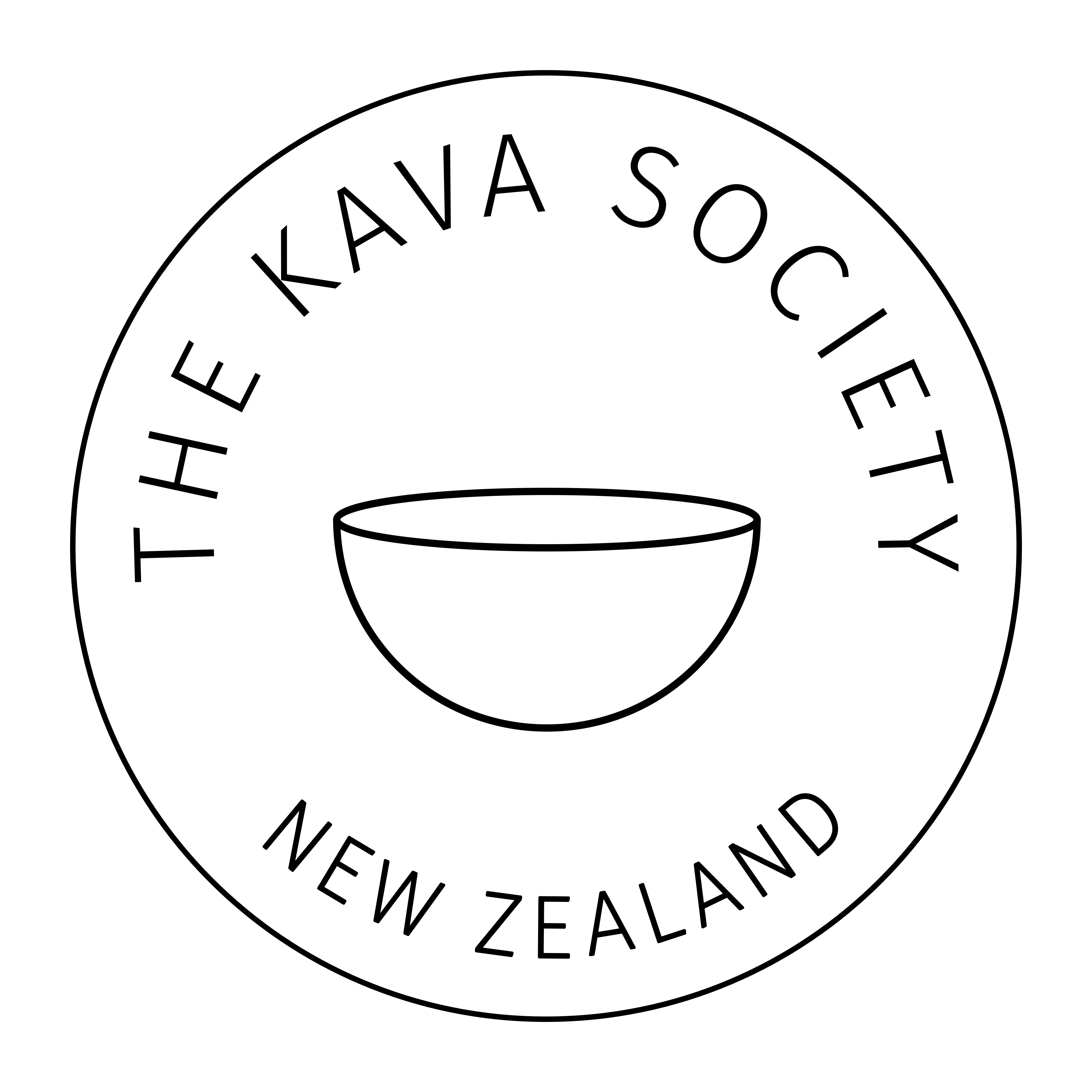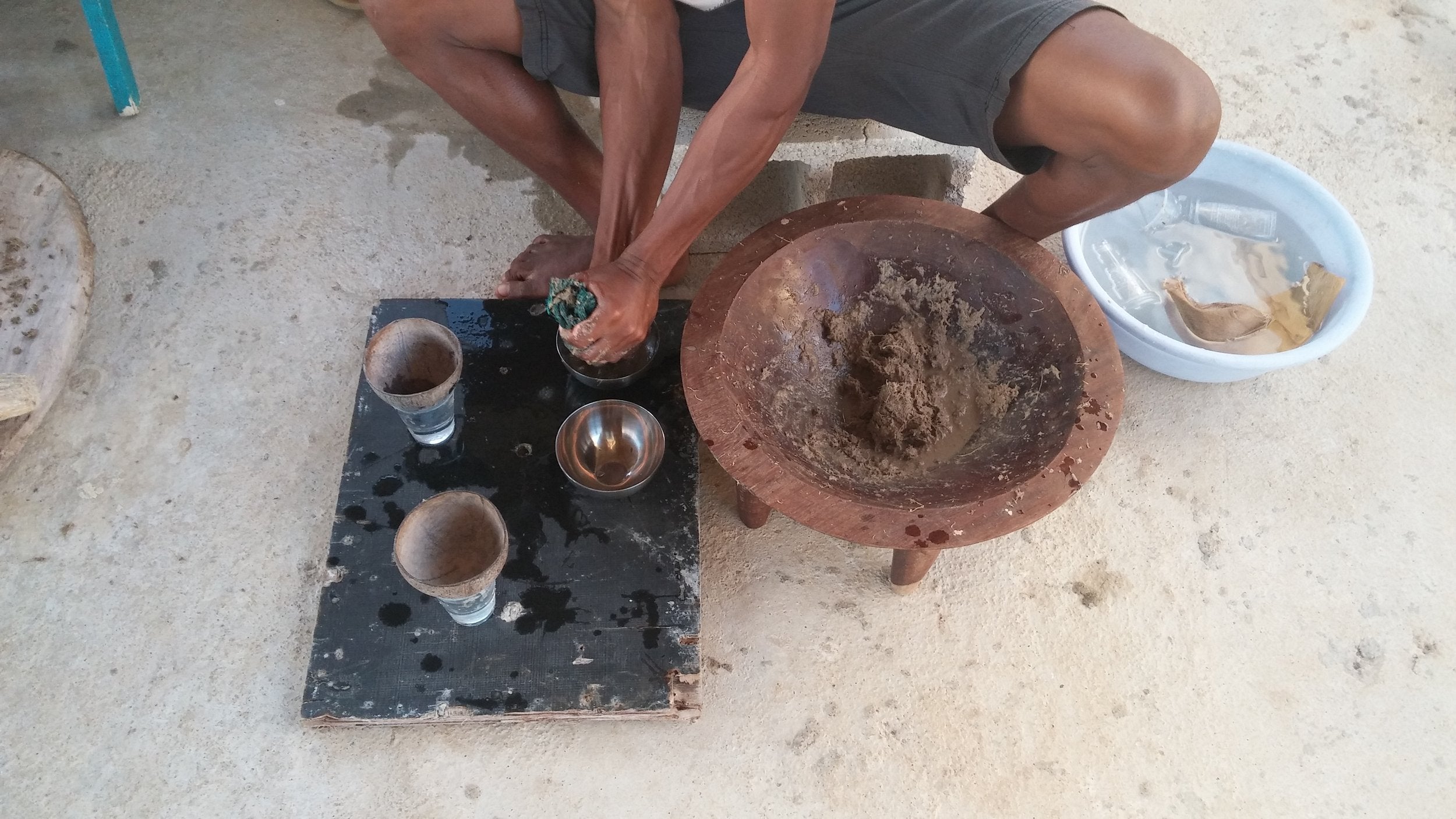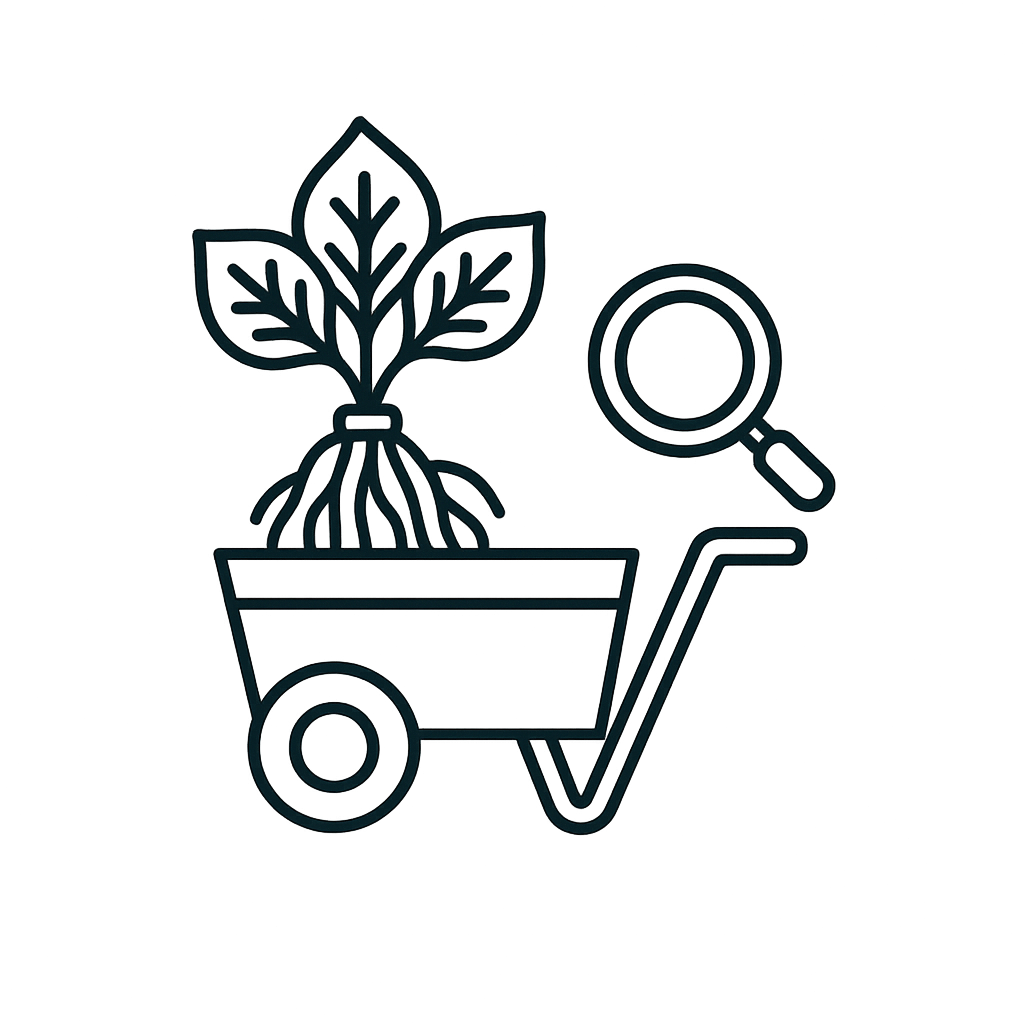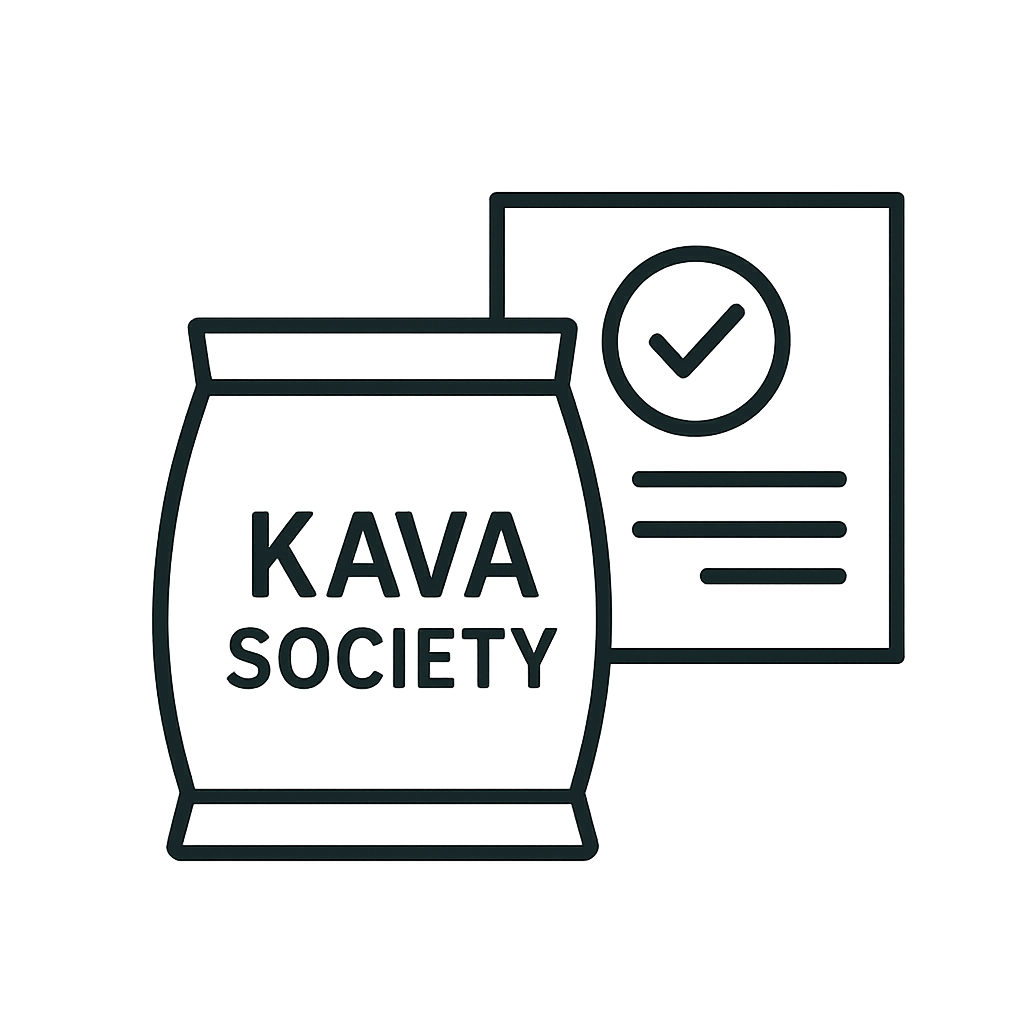Think you've tried kava?
A guest Post by Garry Stoner of TK Labs.
As its popularity increases, you don't have to look very far to find someone who's "tried" kava. Both in person and online, many are giving their account of kava experiences. But the sad thing is, many are wrong - they haven't actually tried kava. Kava, in one form or another, is available from a vast number of sources, but a surprisingly small percentage of products actually qualify as true kava, at least in the South Pacific sense.
Yes, it may contain the plant "Piper methysticum", but that alone means little. To start, we can immediately eliminate "kava extracts", "kava paste", and "kava tinctures". If you've tried one of these, you've experienced a product that is as much like kava as Red Bull is like coffee. Crudely extracting some of the active components of a plant (along with many undesirable ones) with a highly volatile solvent is a long-standing Western tradition often touted as an "improvement", but in the case of kava nothing could be further from the truth. The same goes for "kava tea"; the active components of kava are substantially modified and largely destroyed by boiling water, making kava tea a rather less than useful product.
Sales of kava powder are common too, and these usually include instructions for preparing a drink from the powder by using a strainer bag and kneading the kava in cold water. This cold water extraction is the traditional way to prepare kava, but there is another very important factor...
Not all kava is alike. If you've read much about kava, you are probably aware of the rising controversy about "two day" kava. Two day kava (also known as "tudei" or "Isa") is Piper methysticum, but of a group of "cultivars" (basically "strains") of the plant that are seldom consumed in the South Pacific. Two day kava often causes nausea, blurred vision, and a hangover quite similar to that caused by alcohol. It is so named because its often ill effects linger for two days or more.
Their is another group of kava cultivars called "noble" or "daily use". It is these cultivars that are routinely consumed by the Islanders and praised for their gentle, pleasant effects. These noble kavas bring about a sense of calm and euphoria while actually sharpening mental awareness, and have no lingering effects.
Unfortunately, many kava retailers are not kava consumers, and they fail to make any distinction between these two classes of kava, noble and two day. The Islanders have known for over 3000 years, but when the Western merchants insisted they wanted two day kava because it grows faster, the Natives just shook their heads in amazement and complied with these supposedly knowledgable buyers.
As a result, much of the kava that is sold in the Western world is two day, which brings us back to the title of this article. You may have tried "kava", but if it was in the form of an extract, tea, or contained a two day cultivar in any form, you haven't experienced true kava; you've only experienced a Western perversion of a fine South Pacific tradition.
If you think this may be the case, and you've tried a "kava" product in the past that either had no effect or actually sickened you, I encourage you to take another look at this plant. By heeding the wisdom of the South Pacific Islanders, many are now finding that kava, of the proper cultivar and traditionally prepared, is of immense benefit to their daily lives. Many are using this plant as an effective replacement for alcohol and anti-depressants, with none of the side effects so often experienced from these substances. Many more are finding kava to be a wonderfully relaxing drink, capable of easing physical and mental stress, improving sleep, and allowing them to awake refreshed and ready to face the day.
If you think you could benefit from what kava has to offer, I encourage you to seek out a truly noble kava of the type used by the Islanders and give it a try.
Thank you,
Garry Stoner
T.K. Labs






Leave a comment
This site is protected by hCaptcha and the hCaptcha Privacy Policy and Terms of Service apply.